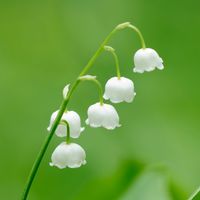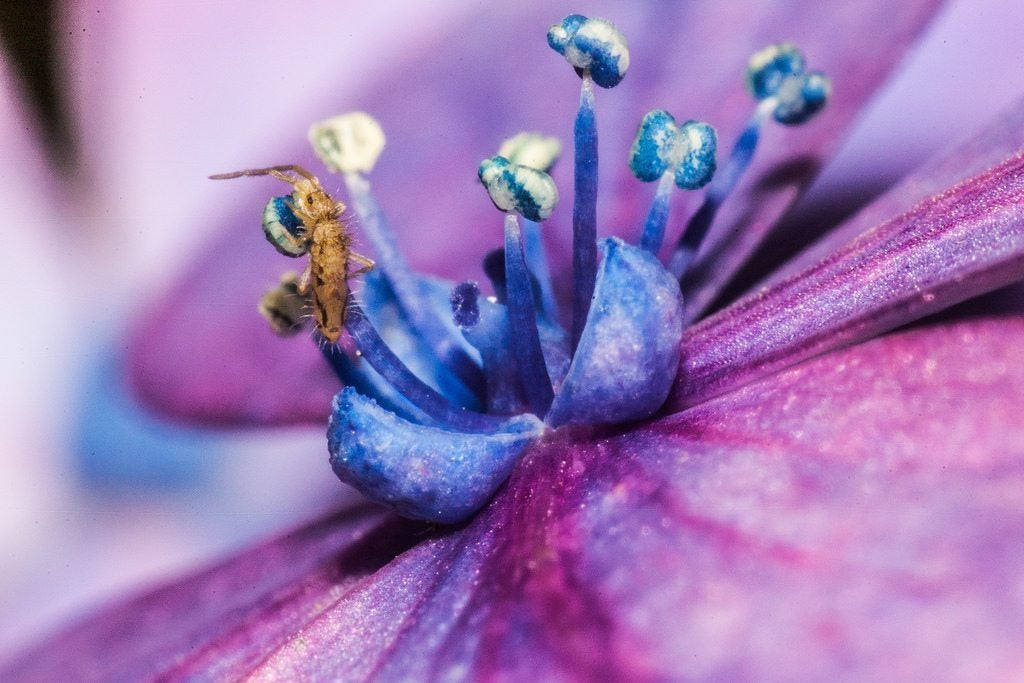Thrips And Pollination: Is Pollination By Thrips Possible


Thrips are one of those insects that gardeners get squeamish about because of their bad, yet deserved, reputation as an insect pest which deforms plants, discolors them, and spreads plant diseases. Did you know though that thrips spread more than just disease? That’s right – they do have a redeeming quality! Thrips are actually helpful too, as pollinating thrips can help spread pollen. Read on to learn more about thrips and pollination in the garden.
Do Thrips Pollinate?
Do thrips pollinate? Why yes, thrips and pollination do go hand in hand! Thrips eat pollen and I guess you could consider them messy eaters because they end up getting covered in pollen during the feast. It has been estimated that a single thrip can carry 10 to 50 pollen grains. This may not seem like a lot of pollen grains, however, pollination by thrips is made possible because the insects are almost always present in large numbers on a single plant. And by large numbers, I do mean large. Cycads in inland Australia attract as many as 50,000 thrips, for example!
Thrip Pollination in Gardens
Let’s learn a bit more about thrip pollination. Thrips are a flying insect and typically use the plant’s stigma as their landing and take-off point. Just in case you need a refresher in plant biology, the stigma is the female part of the flower where pollen germinates. As the thrips groom their fringe wings before and after flight, they shed pollen directly onto the stigma and, well, the rest is reproductive history. Given that these pollinating thrips fly, they would be able to visit several plants in a short window of time. Some plants, such as the cycads mentioned earlier, even help ensure pollination by thrips by emitting a strong and pungent scent that attracts them! So the next time thrips deform or deface your plants, please give them a pass – they are, after all, pollinators!
Sign up for the Gardening Know How newsletter today and receive a free copy of our e-book "How to Grow Delicious Tomatoes".

Shelley Pierce was a writer for Gardening Know How, contributing to hundreds of articles for the site.